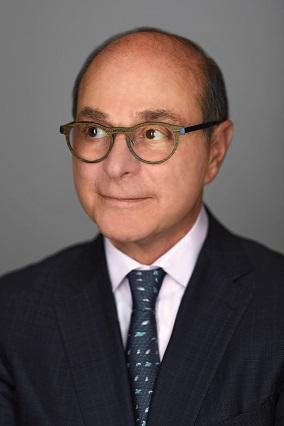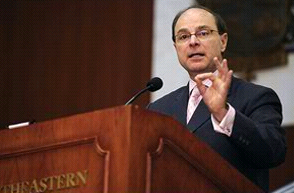Altru Salon: Telomeres and the Future of Digitized Health Care
May 22, 2019 – How AI Can Expand Your Life
Our speaker, Fred Nazem, is an entrepreneur, a philanthropist, one of the earliest venture capitalists, and a corporate architect who has founded and operated or financed several multi-billion dollar corporations.
Rejuvenan, Nazem’s latest venture, uses the revolutionary findings of the 2009 Nobel Prize in Telomere biology is the highly digitized Clinical Wellness platform that may be most scientifically and technologically sophisticated (using AI and Blockchain) platform in the healthcare space to engage, excite, and educate, and to enhance health and wellness and quality of life.

Ten biomarkers chosen for their predictive power in assessing disease risk are the anchor for improvements in each biomarker and have been shown to enhance cellular health by supporting telomere length – the most predictive biomarker of aging and chronic disease ever discovered.
Mr. Nazem has been building highly disruptive, industry-leading healthcare and technology companies since the early 1970’s. As the Founder and Managing Partner of Nazem & Company, Mr. Nazem either started, financed or guided over two hundred companies in the information technology, telecommunications, healthcare and digital media sectors. Many of these companies have become leaders in their industries, some 60 of them went public, and more than two-dozen have grown into multi billion dollar enterprises. Among his many contributions to the healthcare field, he is credited for having co-led a group of 12 investor-entrepreneurs who enabled the formation and commercialization of MRI technology. He Co-founded Cirrus Logic (OTC:CRUS), a leading semiconductor company, Blue Bird Bio (OTC:BLUE), a gene therapy company and Concord Health/Genesis Health Ventures (NYSE:GHV), a leading eldercare company. He also backed companies like Universal Health System (NYSE:UHS), a leading for-profit hospital system, and Oxford Health Plans (OTC: OXHP), a company he initially financed as a VC, then later stepped in as Executive Chairman, leading a successful turnaround when Oxford experienced operational and financial difficulties in the late 1990’s.



